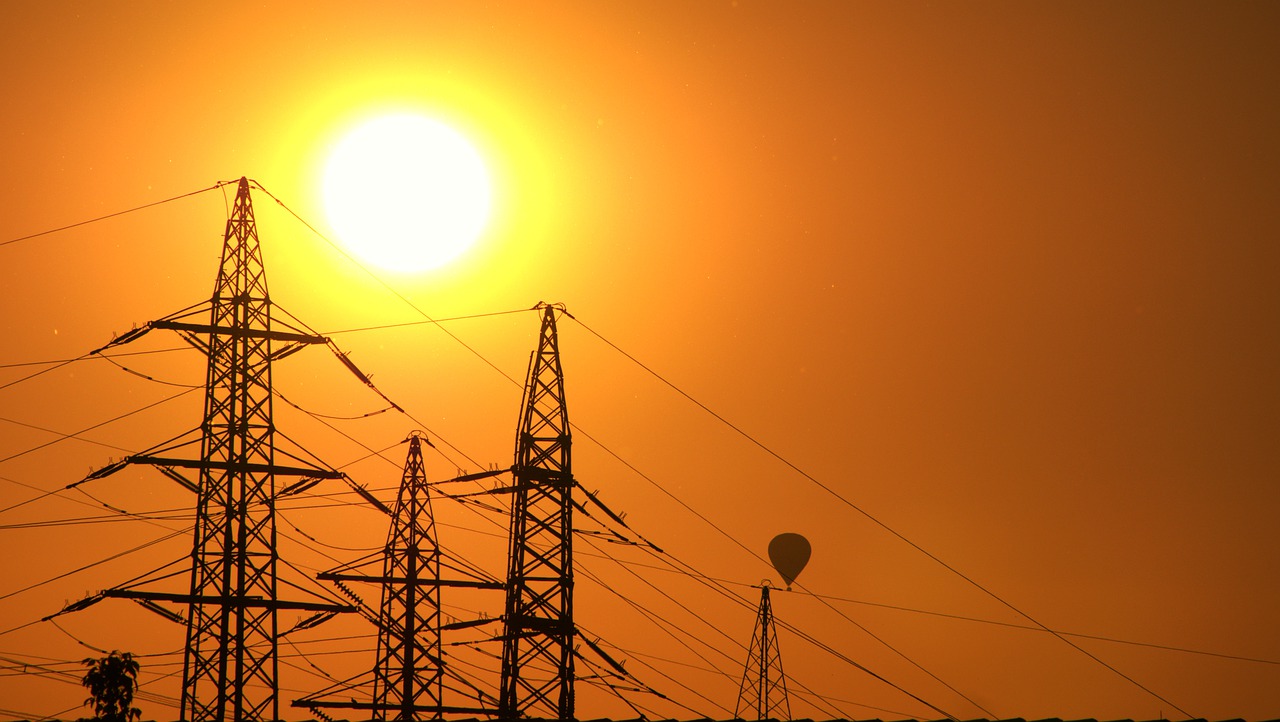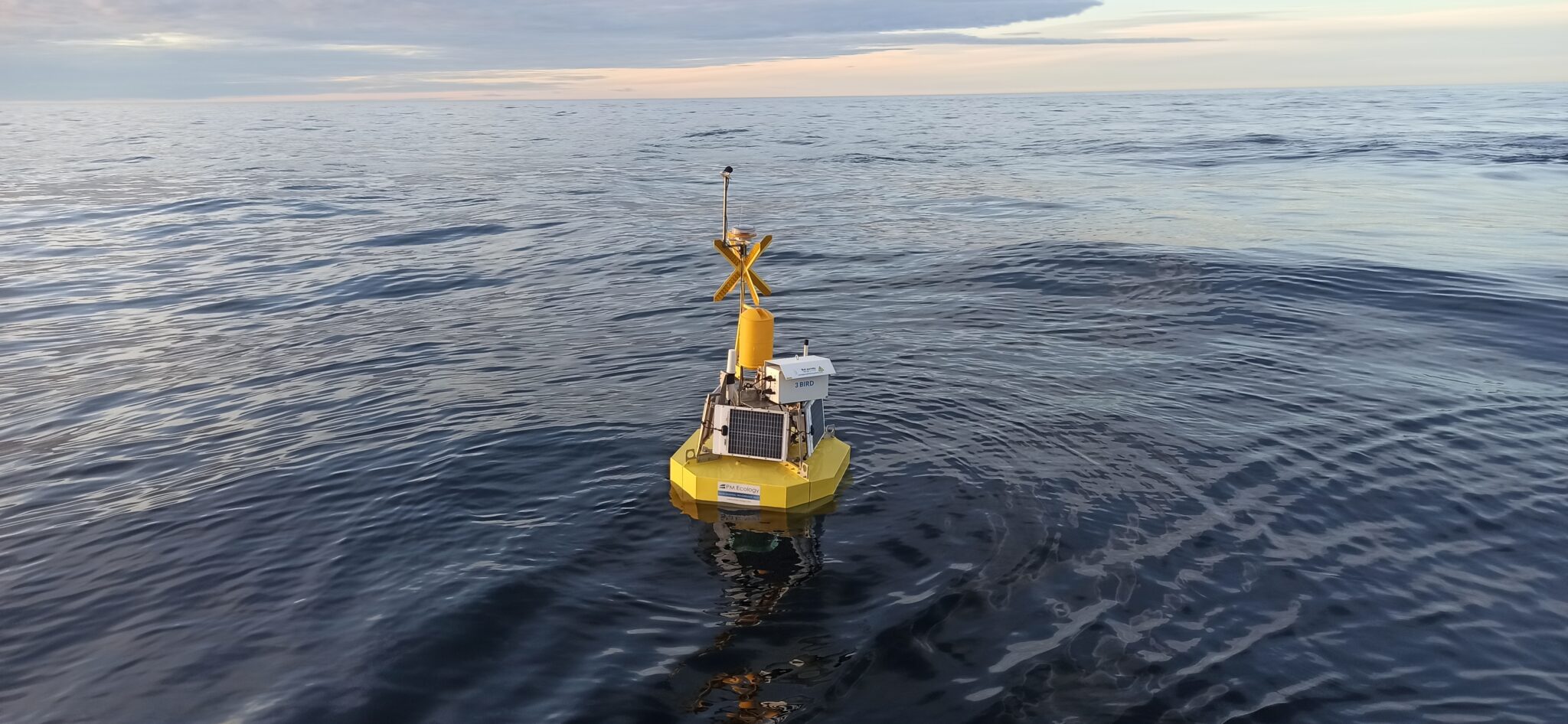Amprion Offshore GmbH starts planning the Windader West energy corridor. The power connection should bring up to eight gigawatts of power from offshore wind energy directly to North Rhine-Westphalia and thus cover the energy needs of eight million people in total.
In order for Germany to achieve its climate goals, offshore wind farms should provide as much output in 2035 as around 50 large coal-fired power plants. Offshore wind energy is to replace conventional energy sources, especially in the load centers in western Germany. This not only requires new offshore wind farms, but also new lines that connect them to the transmission grid on land – so-called offshore grid connection systems. That is the job of wind vein west.
It includes the four offshore grid connection systems NOR-15-1, 17-1, 19-1 and 21-1. The submarine cables begin in the wind farms in the North Sea and are bundled as underground cables from the coast to their grid connection points in the Rhine-Ruhr metropolitan region. In 2032, the first two gigawatts of offshore capacity are to flow to North Rhine-Westphalia via a line from Windader West. The remaining three lines are scheduled to go into operation in 2033, 2034 and 2036.
“The Windader West combines four projects with a transmission capacity of 2,000 megawatts each. The systems belong to the new powerful 2 gigawatt generation of offshore connections. Amprion is thus making a significant contribution to the efficient and rapid conversion of the energy system in order to bring large quantities of wind energy to North Rhine-Westphalia,” says Peter Barth, Managing Director of Amprion Offshore GmbH.
Dialogue with the public is imminent
First, a route corridor for the route of the underground cables is sought. Even at this early stage of planning, Amprion would like to provide those responsible for public affairs and the general public with comprehensive information.
“Early involvement of all interest groups is particularly important to us. In this way, we can get in touch with the people on site and pick up important information that will help us with our planning,” emphasizes Linus Dahm, project spokesman for the North Rhine-Westphalian part of the project. “In October we will offer public information events. Among other things, the focus is on the first approval step, the so-called regional planning procedure,” adds his colleague Stefan Sennekamp, who is responsible for the Lower Saxony part.
The application conferences of the Düsseldorf district government (for NRW) and the Weser-Ems regional development office (for Lower Saxony) in September will mark the start of the spatial planning process for the four offshore connections. The documents for the Amprion procedure will not be submitted until next year and public participation will be carried out by the authorities.
“In order to bring the project into harmony with people, nature and the environment and to minimize on-site disturbances, the systems are largely installed in parallel,” says Eric Zieschang, overall project manager for the West wind vein.
Source: Amarion















